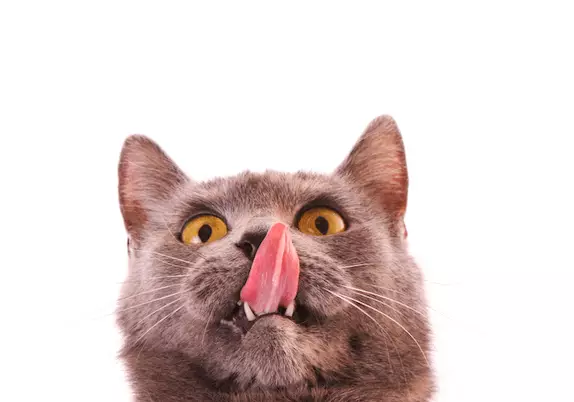Cats are often misunderstood creatures, frequently perceived as aloof or indifferent. However, beneath their mysterious exterior lies a sophisticated system of non-verbal communication that reveals their emotional world. When a cat taps into behaviors like licking the air or vocalizing during petting, they are expressing intricate feelings rooted in their primal instincts and social history. Recognizing and interpreting these actions can deepen our bond with them, turning a simple act of petting into a profound exchange of trust and affection. These behaviors are far more than quirks—they’re windows into a cat’s inner landscape, shaped by millions of years of evolutionary adaptation.
The Role of Mutual Grooming and Social Bonds
A closer look at feline behavior uncovers that many of their actions are echoes of ancestral social practices, especially mutual grooming. This activity, common in wild cats and their relatives, serves as a bonding ritual crucial for establishing and maintaining social cohesion. When your feline companion licks or responds to your scratching with vocalizations, they’re engaging in a form of mutual grooming—an act that signals trust and emotional closeness. This interaction is chemically facilitated by the release of oxytocin, often called the “bonding hormone,” which produces sensations of comfort and affection. The hormone’s release during grooming reinforces social bonds, making it a vital component of feline social behavior—even in domesticated settings.
Interpretation of Air-Licking and Vocalizations
The peculiar behavior of air-licking or vocalizing during petting is a subtle but significant communication cue. It suggests that your cat perceives your touch as an extension of its social environment, triggering its innate grooming instincts. These actions can also denote that your cat feels secure enough to display vulnerability—a testament to the trust you’ve built. Vocalizations intertwined with these behaviors often serve as additional signals, reinforcing feelings of contentment or asking for gentle reassurance. Far from being random or unnecessary quirks, these responses are layered expressions of appreciation, comfort, and even a desire for reciprocation of love and attention.
The Deep Emotional Connection and Its Implications
Cats’ reactions to being scratched are fundamentally about emotional reciprocation, rooted in their evolutionary history as social animals. Their behaviors reflect an internal drive to foster bonds, similar to how humans seek emotional connections. When your feline friend chooses to lick or vocalize, it’s a powerful indicator of trust and affection—an emotional milestone that can strengthen your relationship. Understanding this sheds light on the importance of respectful, gentle interactions, nurturing a sense of safety and mutual attachment. Recognizing these signals can transform pet ownership into a more rewarding and emotionally rich experience, reminding us that beneath their enigmatic veneer are creatures capable of deep, genuine bonds.


Leave a Reply